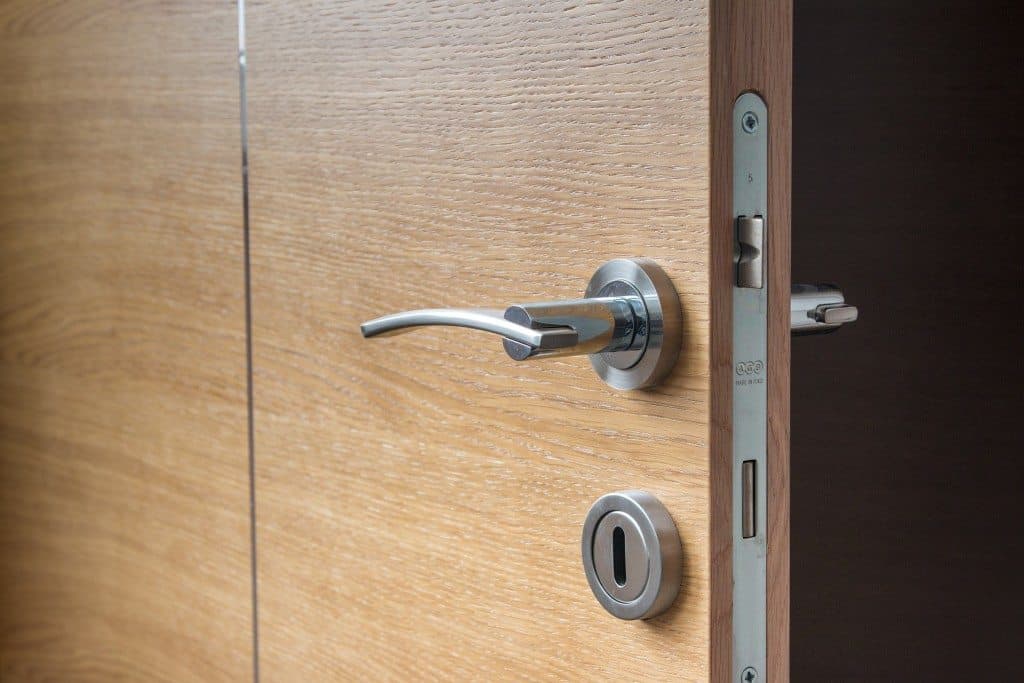What happens in Vegas…
I arrived at my hotel in Vegas, and there were, at least, six lines of 20+ people checking-in. It took me 45-minutes to get checked-in.
The hotel had automated self-service check-in/check-out machines, but the machines weren’t working so human interaction was inevitable.
When it was finally my turn, the guy at the front desk was a complete curmudgeon. He didn’t make eye contact, and he didn’t bother to ask me anything except for my name and credit card info.
This wasn’t the type of greeting I was expecting from this hotel.
My mentor once wrote, “Do you think people believe what they read on the walls, or what they see in the halls?”
There’s an incredible disconnect between what many companies say, and what they actually do.
There’s also a blindness of belief from senior leadership that if they say something, everyone else is following suit.
More often than not, the moment I start talking to the people within a company, I immediately find evidence that the top-down vision isn’t being embraced, or hardly even being worked towards.
But let’s get back to the experience at hand.
It has often been said that the hotel doorman is the most important person of the entire hotel experience. They’re very often the first person you see and the very last person you see.
I argue that in today’s world, everyone is the doorman.
This is the rule of primacy and recency. People are most likely to remember what happens at the start of the experience, and at the end of the experience. They are most likely to forget the things that happen in between.
The customer’s first point of contact with your business is usually, if not always, through your front-desk staff, receptionists, salespeople, etc. If they’re not representing your company well, then nothing after that matters.
Their representation has to be entirely congruent with the image you’re attempting to portray and the expectations you’ve set.
In almost every company, your clients will have more contact with these people than almost anyone else, including the people who provide your core product and service.
The self-service machines might have alleviated the need to talk to a real human. They might have allowed me to check-in a lot quicker than the 45 minutes it took me, but even then, the Hotel has erred by giving such an important part of the customer experience away to a computer.
And while we can automate a lot of less important tasks than customer interactions, there are still bound to be hiccups. If your staff drops the ball when there are hiccups, then you’ve failed not once, but twice.
Here is this week’s key challenge:
In recent weeks, I’ve shared stories about experiences with companies that have caused me to suggest things like secret shopping your locations, calling your call centre, eavesdropping on your front line staff in live interactions, and things of that nature.
Those are incredibly powerful techniques that are woefully underused, but this week I suggest something different.
Turn the gaze self-ward, and ask what conditions are in place that creates the disconnect from mission/vision and reality.
Is it truly the case that it’s only a matter of a few people not following the policy, or is it the case that the policy is a pie in the sky dream that has been denied the structural support it needs to succeed?
